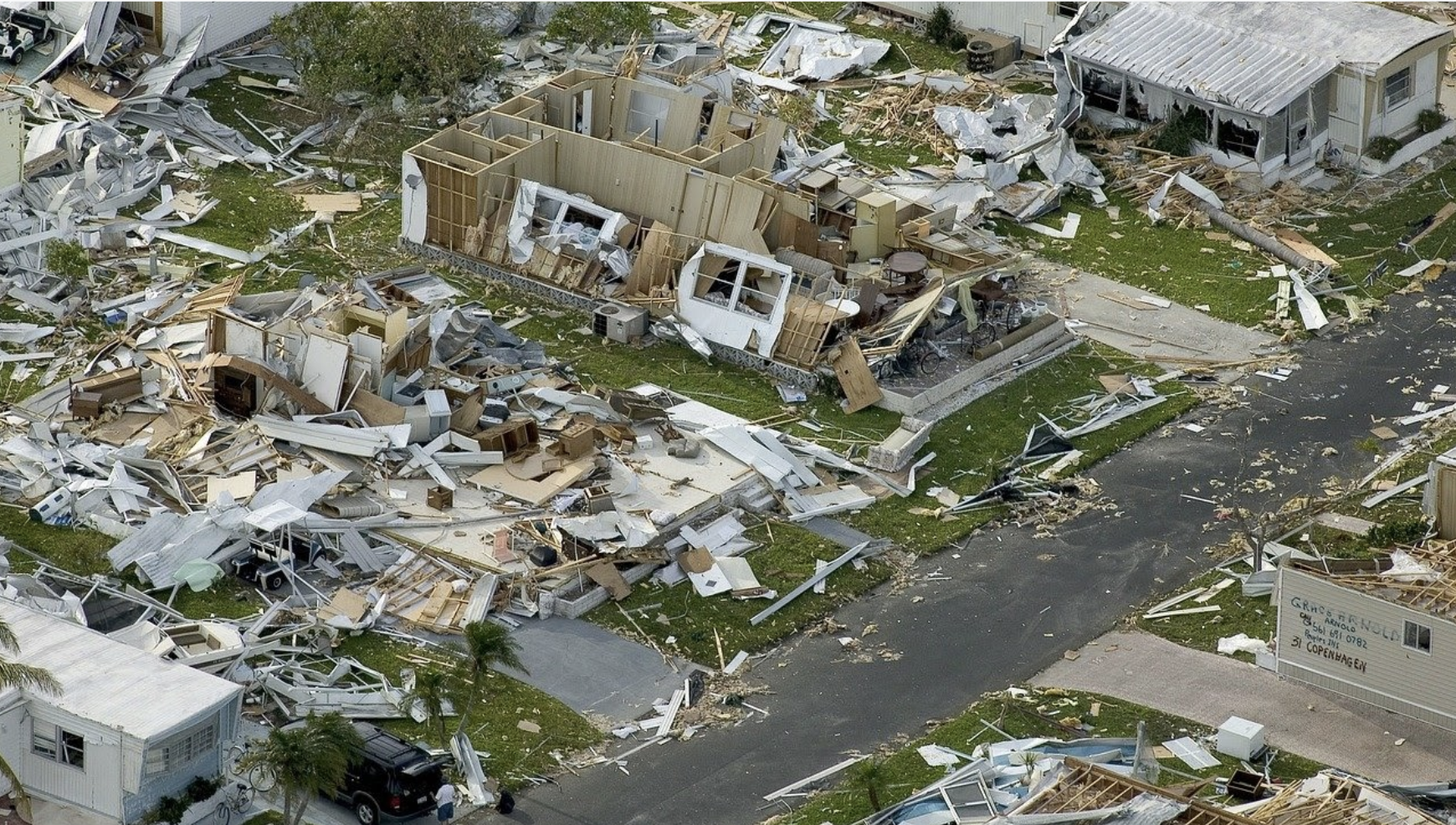When a natural disaster strikes a community, one of the first lines of defense is the procurement process of the local government’s team. They knowingly accept the demanding challenge of responding, recovering, and rebuilding the community, a task with multiple high-stress obstacles.
And if the obstacles of a natural disaster weren’t daunting enough, another one was just thrown into the mix: FEMA recently made changes to its natural disaster public assistance funding requirements. If procurement teams and cities are not fully aware of these changes, they could leave citizens out in the cold. Literally.
Let’s talk about this situation and what government procurement teams can do to mitigate any potential problems.
What’s the Situation with Natural Disasters?
Natural disasters include floods, fires, earthquakes, storms, and pretty much any catastrophic event that’s outside of your control. And the reason we’re talking about them at all is because they are, unfortunately, on the rise.
Times are changing, and natural disasters are occurring more frequently than ever. For example, the United Nations reports that natural disasters are occurring 3x as often as they did 50 years ago, and the Ecological Threat Register reports natural disasters happen 10x as often as they did 100 years ago. Climate.gov models also predict this trend is just going to speed up, as will the increasing costs of disaster-related destruction.
“But what if I’m not in a high-risk area for natural disasters?” you might ask. Sadly, living in a low-risk area that doesn’t have a history of natural disasters doesn’t mean you shouldn’t be prepared.
Just ask the State of Texas, which was hit with Winter Storm Uri in February 2021. Uri left one out of two people without water, two out of three without power, and communities stranded without access to food and other necessities. And this all happened to a state whose history books and almanacs expected temperatures in the high 40’s and low 50’s that same month.
Where Do the Financial Obstacles Come into Play?
While natural disasters are on the rise, natural disaster government assistance and budgets have done the opposite and diminished.
Due to the impact, Covid-19 has had on local, state, and federal budgets — plus the increasing cost of damage inflicted by disasters — the federal government has opted to push back on state and local governments who need assistance by raising the bar on what it takes to get federal financial support.
When the Disaster Relief Act of 1974 was first put into place, the bar to receive FEMA funds was $1 per capita in your state. This meant if your state had two million citizens then a natural disaster cost had to exceed $2 million for you to receive federal support and assistance.
However, due to the constraints mentioned above, FEMA and Congress have elected to raise this bar to $1.50 per capita, which means that the same state now has to have costs exceeding $3 million to get federal support. This 50% jump in the requirements affects many of the smaller, local communities and their procurement processes as they just don’t have the tax revenue to cover these costs on their own.
Look at the Town of Hanksville, Utah, which was hit by a storm during the first week of September, leaving its community of approximately 400 citizens underwater. The Mayor estimated the damage to be $3 million, but with the new bar of $1.5 per capita and the state population of 3.2 million, Hanksville needed the damage to be over $4.5 million to qualify. The town clerk and mayor are instead using crowdsourcing platforms like GoFundMe to raise the money to recover and rebuild.
How Can We Prepare Our Procurement Process for Natural Disasters?
Even though natural disasters are out of our control and occur unexpectedly, procurement teams can learn from these events and try to curtail some of the heartache and struggles that occur when faced with a disaster.
Studies have piled up on the value of the government procurement process with natural disaster mitigation in mind. The National Institute of Building Scientists reports that some of the mitigation efforts listed below have up to an 11-to-1 cost/benefit ratio, with an average of a 6-to-1 cost/benefit ratio. That’s a good return on investment for any government agency to consider, and there are also grants a city or town can apply for to help with these mitigation costs.
These are just some of the things our cities, towns, and villages can consider to strengthen their procurement process and teams against natural disasters:
- Retrofit buildings
- Design and construct levees of the right depth
- Elevate power equipment for protection
- Storm hardening of power lines (burying or elevating)
- Decentralizing power transmission (smaller/mini power grids)
- Inspection and modernization of utility poles (line hardening)
- Set Up Debris Management PlanSurplus and stockpile equipment
Looking for suppliers that can handle this work? Our procurement community has over 150,000+ suppliers across America. Get free access to DemandStar vendors today. Check out our 40-minute webinar on this topic to hear more

